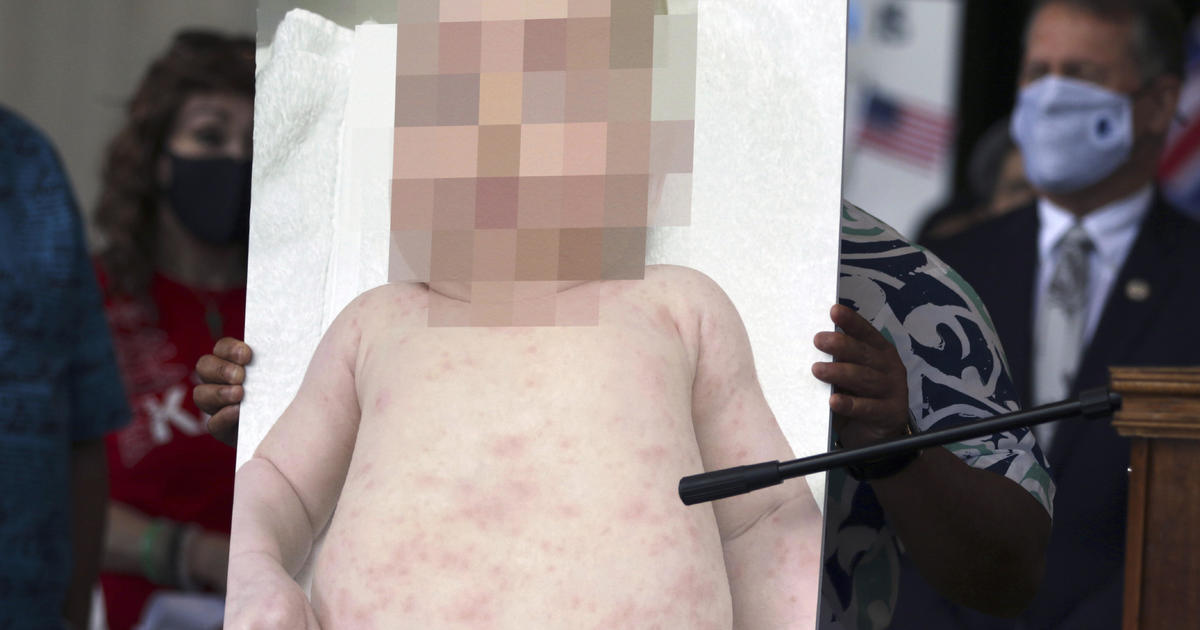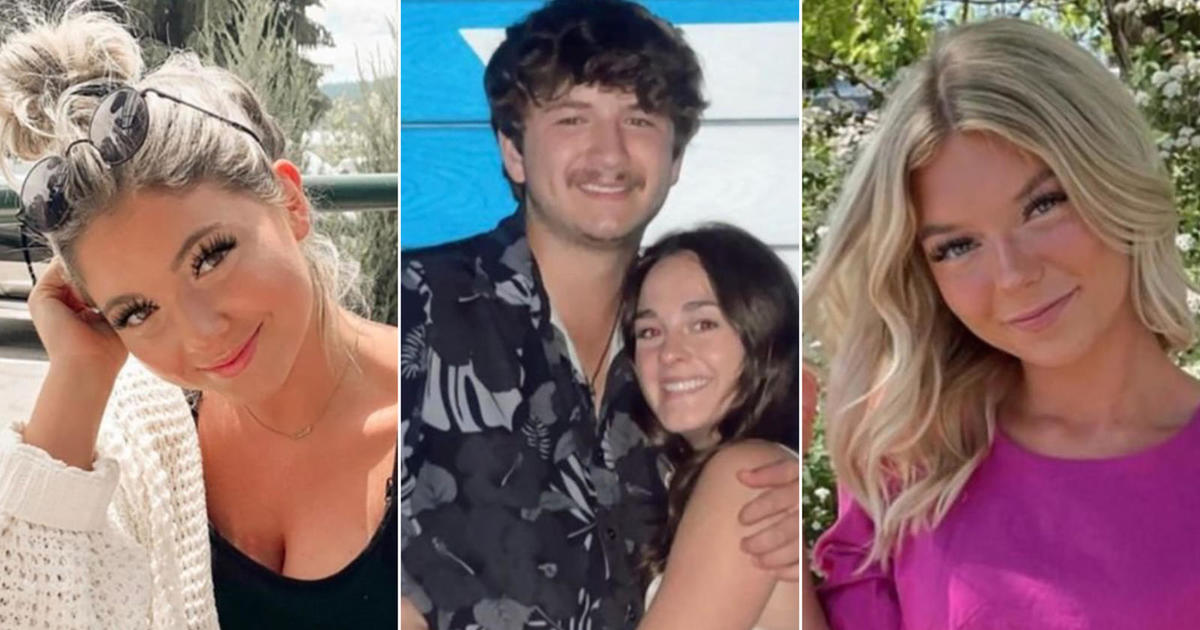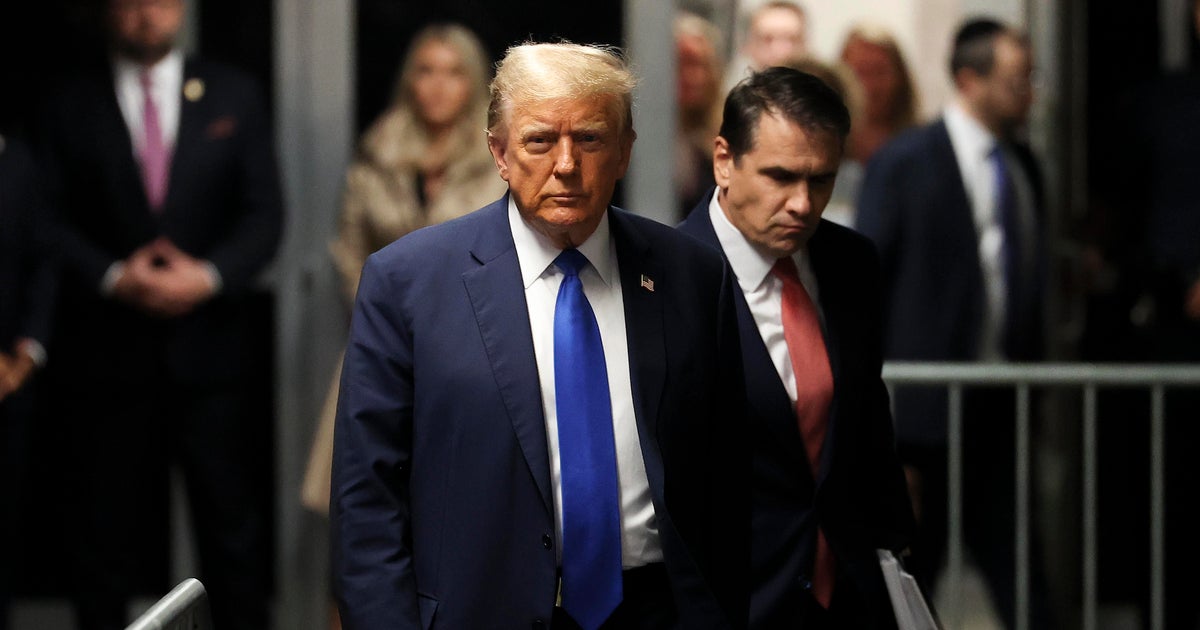Everything we know about the Kyle Rittenhouse trial
Update: A jury has acquitted Rittenhouse on all charges.
The homicide trial of Kyle Rittenhouse is nearing its end. Closing arguments were held Monday and the jury will now decide the case. Rittenhouse, 18, is charged with killing two men and wounding a third in Kenosha, Wisconsin, in summer 2020.
Rittenhouse and his attorneys claim he acted in self-defense, but the prosecution has painted him as the aggressor. In this case, the burden of proof is on prosecutors to prove the shooting was not justified.
The trial heated up when Rittenhouse took the stand in his own defense. At one point, Rittenhouse broke into tears when his attorneys questioned him about why he fatally shot the first victim. He later told the court, "I didn't do anything wrong, I was defending myself."
The night of August 25, 2020, Rittenhouse went to Kenosha during protests after police shot and wounded Jacob Blake. Armed with an AR-15 style rifle, Rittenhouse shot three men, killing two and wounding one. The teenager was able to leave the city and return home to Illinois. A month later, he was extradited to Wisconsin after his arrest.
Who is Kyle Rittenhouse?
Rittenhouse, who was 17 at the time of the shooting, lived in Antioch, Illinois, and traveled to Kenosha, where his father lived, on August 25, 2020. He testified that he went to the city that night to provide protection for local businesses, provide first aid, and patrol as the protests devolved into civil unrest.
Rittenhouse told jurors he is now studying nursing at Arizona State University. In a statement, the school clarified that Rittenhouse enrolled in online classes but has not been admitted to the university's nursing school.
He also said he had worked as a lifeguard in Kenosha and was part of an EMT cadet program where he learned CPR and basic first aid. At trial, he admitted that he falsely claimed to be a certified EMT on the night of the shooting.
His attorney said Rittenhouse has suffered PTSD following the shooting and is currently in therapy.
Who are the victims?
Joseph Rosenbaum, 36, was the first person fatally shot by Rittenhouse. The teen claims Rosenbaum chased him and grabbed his firearm — before Rittenhouse shot him four times. He had never physically touched Rittenhouse. Rosenbaum was reportedly homeless, struggled with bipolar disorder and just that day had been released from a hospital after attempting suicide. The report said he spent years in prison for sexual contact with a minor.
Anthony Huber, 26, was shot in the chest by Rittenhouse. Born in Kenosha, he died four days after his birthday according to an obituary. Rittenhouse claims Huber had kicked him in the face and struck him in the head with his skateboard. The teen says he shot Huber as he tried to reach for his weapon.
Gaige Grosskreutz, 27, was the sole survivor of the shootings. Moments after Huber was killed, Rittenhouse shot Grosskreutz in the arm. Grosskreutz says he lost 90% of his bicep. At trial, he admitted that he thought he was going to die. Rittenhouse said he reacted to seeing his handgun, which Grosskreutz explained to the court that he pulled out because he thought Rittenhouse was an active shooter.
What are the charges?
Count 1: First-degree reckless homicide, use of a dangerous weapon
Count 2: First-degree recklessly endangering safety, use of a dangerous weapon
Count 3: First-degree intentional homicide, use of a dangerous weapon
Count 4: Attempted first-degree intentional homicide, use of a dangerous weapon
Count 5: First-degree recklessly endangering safety, use of a dangerous weapon
A sixth count, possession of a dangerous weapon by a person under 18, was dropped by the judge before both sides began their closing arguments.
If convicted of the intentional homicide charge, Rittenhouse could face life in prison.
After a motion by the defense, Kenosha County Circuit Court Judge Bruce Schroeder dismissed a curfew violation charge pending against Rittenhouse.
What was captured on video?
Each shooting was captured on video. The civil unrest in Kenosha was heavily documented the night of the shootings, and the digital media, including footage, has helped investigators and Rittenhouse's defense team establish a timeline of events for the jury.
Videos of the shootings from bystanders and videographers played a major role in the government's case, including an FBI infrared video from a surveillance plane from almost 9,000 feet above the spot where Rittenhouse shot Rosenbaum.
Other videos show Rittenhouse fleeing after shooting Rosenbaum and a crowd of people pursuing him, some yelling, "Beat him up," "Hey, he shot him," and "Get him! Get that dude!"
Prior to the second shooting, Rittenhouse says he tripped and fell to the ground. Video shows him down on the street, at which point Huber tried to take his gun before Rittenhouse shot and killed him. Cellphone video shows Rittenhouse walking away from the scene, and toward police vehicles, with his hands raised.
Shortly after, Rittenhouse shot a third victim, Gaige Grosskreutz, in the arm. Grosskreutz was holding a handgun at the time he was shot. Rittenhouse's lawyers claim he acted in self-defense.
Prosecutors painted Rittenhouse as the aggressor.
The prosecution attempted to discredit the core of his defense by questioning why a teenager who possessed an AR-15 style rifle would feel that his life was in danger. Thomas Binger, the lead prosecutor, tried to depict Rittenhouse as an armed threat, citing witness accounts who claimed the teen raised his gun in the direction of others throughout the night.
"You're telling us that you felt like you were about to die, right? But when you point the gun at someone else, that's going to make them feel like they're about to die, right? That's what you wanted him to feel," Binger said.
Flustered and on the verge of tears, Rittenhouse claimed one of the victims could have run away instead of trying to take his gun.
Prosecutors introduced a drone video showing Rittenhouse shooting Joseph Rosenbaum at close range after Rosenbaum had followed the teen. The footage depicted the clearest images yet of the event that set in motion the bloodshed that followed.
Prosecutors brought forward several witnesses, including Dominick Black, a friend of Rittenhouse's who faces his own trial for buying the 17-year-old an AR-15 style rifle he wasn't old enough to legally possess. He testified that Rittenhouse called him seconds after the first shooting saying "I shot somebody, I shot somebody." He described Rittenhouse as "freaking out" and "really scared."
However, some of the government's witnesses may have been more helpful to the defense strategy than anticipated. Martin Howard, a Kenosha police detective, testified that Rittenhouse shouted "Friendly! Friendly! Friendly!" as he was being chased by Rosenbaum, and agreed with the defense's characterization that their confrontation appeared to look like "the classic ambush."
Prosecutors made extensive use of the footage from the shootings during their closing arguments.
His attorneys say the shootings were in self-defense.
The defense argues Rittenhouse acted in self-defense. They had witnesses who spoke to the timeline of events in an attempt to give credibility to Rittenhouse's claims he felt threatened, and another who was present that night and referred to those protesting police brutality as "violent rioters" and "Antifa."
The defense called several witnesses over two and a half days, including Rittenhouse, who was given the opportunity to tell his side of the story.
Rittenhouse described the moments leading up to his interaction with Joseph Rosenbaum, the first man he shot and killed, and depicted Rosenbaum as the aggressor who ambushed himThe defense claims Rosenbaum made verbal threats against Rittenhouse's life — an accusation the state disputes, saying he "had no means to carry out his threat."
Rittenhouse said he did not notice Rosenbaum until he ran out from behind the car. At that point, Joshua Ziminski, who has since been charged with disorderly conduct, stepped toward him with a pistol in his hand, causing Rittenhouse to drop the fire extinguisher he was holding and making him take a step back. Over his shoulder, Rittenhouse said he saw Rosenbaum running from the right side, saying he was "cornered."
Rittenhouse recalled how he felt he needed to run away from Rosenbaum after seeing him "gaining speed" in Rittenhouse's direction with his arms out. "I didn't want to have to kill Mr. Rosenbaum," Rittenhouse said. When asked why he continued firing after the first shot, he said, "I continued to shoot until he was no longer a threat to me."
Rittenhouse claimed he wanted to turn himself in to police but a mob began chasing him.
As he was running, Rittenhouse encountered Huber, who he says struck him in the back of his head with his skateboard. After falling to the ground, Rittenhouse said a group of people surrounded him, and he pointed his gun toward them. Huber did not back off, and Rittenhouse claims Huber kicked him in the face, and then struck him in the neck with his skateboard. Rittenhouse claimed Hubert reached for his weapon when he fired one shot into his chest.
Shortly after that, the teen said he then lowered his weapon and spotted Grosskreutz. He said he noticed that Grosskreutz had a pistol in his hand and shot him once in the arm.
What's next?
Closing arguments took place Monday, with lawyers on the two sides each getting two and a half hours to present their arguments. Judge Bruce Schroeder then informed the jury that they are charged with weighing the evidence and implored them to return "just and true verdicts."
After breaking for the night, the jury returned to begin deliberations Tuesday morning. The panel of 18 jurors who heard the case was winnowed down to 12 who will decide the verdict — seven women and five men — after their numbers were placed on pieces of paper in a lottery tumbler in the courtroom and Rittenhouse himself picked six pieces of paper that were used to identify the alternate jurors.
Editor's note: This story has been updated to note that a weapons charge against Rittenhouse was dropped.




